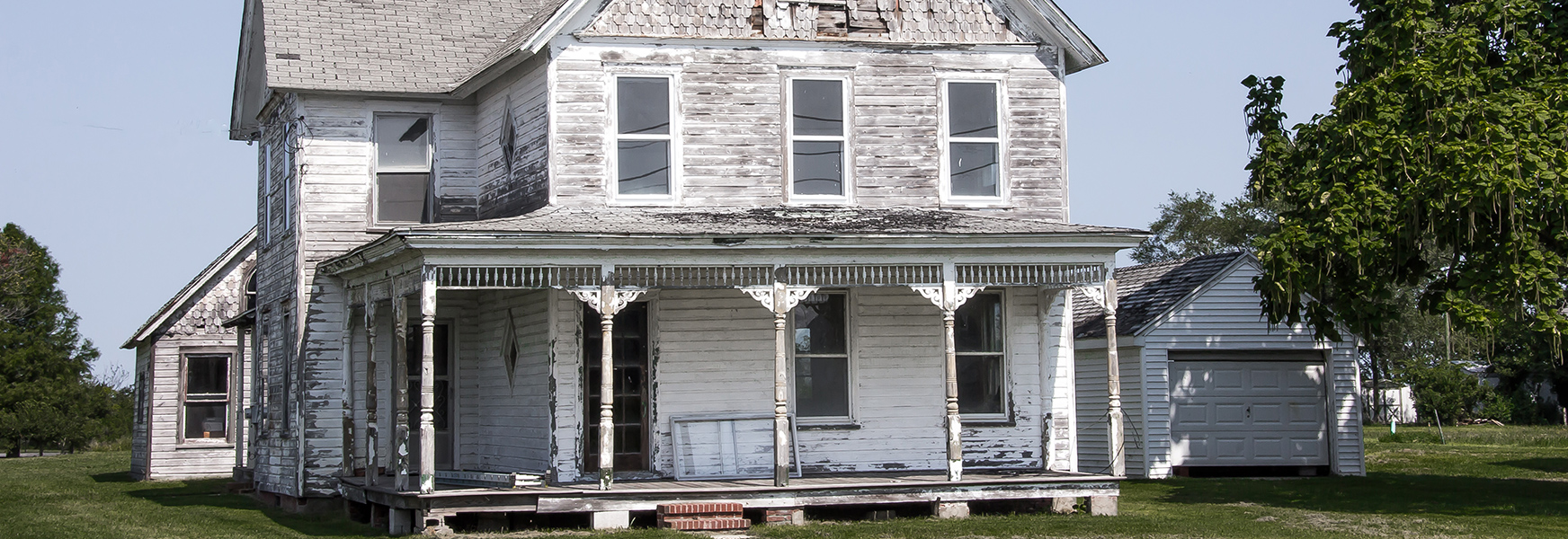This Old House Needs Painting

From the look of its faded facade, this weather-beaten old house could certainly stand a fresh coat of paint. But if the residential dwelling was built before 1978, there’s a good chance the home harbors an unwanted “occupant” in the form of lead-based paint. Lead, a metal with no biological value or physiological role in the human body, has a long history of use as a paint pigment due to its durability. The danger of lead as a neurotoxin is well documented with children especially susceptible from ingestion of paint chips having an attractive sweet taste. In 1977, the U.S. Consumer Product Safety Commission banned lead paint use in residential properties and public buildings as well as on toys and furniture.
As recently as 2017, the Department of Housing and Urban Development estimated that roughly 37 million homes in the U.S. still contain lead-based paint. Obviously, without employing proper controls, painting contractors can be exposed to lead through inhalation during surface preparation when sanding and scraping surfaces containing lead paint. Typically, a chronic form of lead poisoning results from repeated low-level exposure to lead-paint dust with symptoms including depression, insomnia, abdominal pain, muscle weakness, memory loss, and malaise. More severe adverse health effects, depending on blood lead levels, include anemia, kidney failure, reproductive system changes, seizures, and coma. The primary treatment for lead poisoning is through chelation therapy where a chelating (binding) agent is used to form a molecular bond with the heavy metal for eventual elimination from the body.
At the Federal level, the Environmental Protection Agency (EPA) enacted the Lead Renovation, Repair and Painting Rule (RRP), effective in 2010, which requires that “firms performing renovation, repair and painting projects that disturb lead-based paint in homes, child care facilities and pre-schools built before 1978 be certified by EPA (or an EPA-authorized state), use certified renovators who are trained by EPA-approved training providers and follow lead-safe work practices.” The RRP extends beyond painters to other construction trades including plumbers, electricians, carpenters, glaziers, and wood floor refinishers who may disturb lead-based paint during work activities. The National Center For Healthy Housing maintains a list of states authorized by the EPA to manage the RRP Rule along with providing a FAQ page on the RRP Rule for consumers, contractors, and landlords.
With regard to employee protection, OSHA specifies requirements in their 1926.62 – Lead standard that apply to construction work where an employee may be exposed to lead. These requirements include exposure assessment, engineering and work practice controls, written compliance program, respiratory protection and PPE, hygiene facilities and practices, medical surveillance, medical removal protection, and training. OSHA’s Lead in Construction Fact Sheet describes certain operations that can produce lead dust and fumes along with highlighting the major elements of the standard. Additionally, OSHA has created a Lead in Construction Advisor to help construction employers comprehend and comply with the lead standard.
Clearly, there’s more than meets the eye when it comes to getting the lead out safely during renovation, repair, or painting of this old house. Just scraping by or fully flouting the rules governing lead-paint disturbance or removal will undoubtedly go over like a lead balloon at some point.

